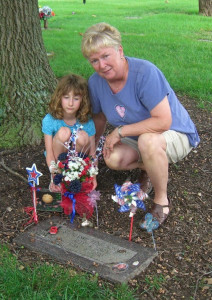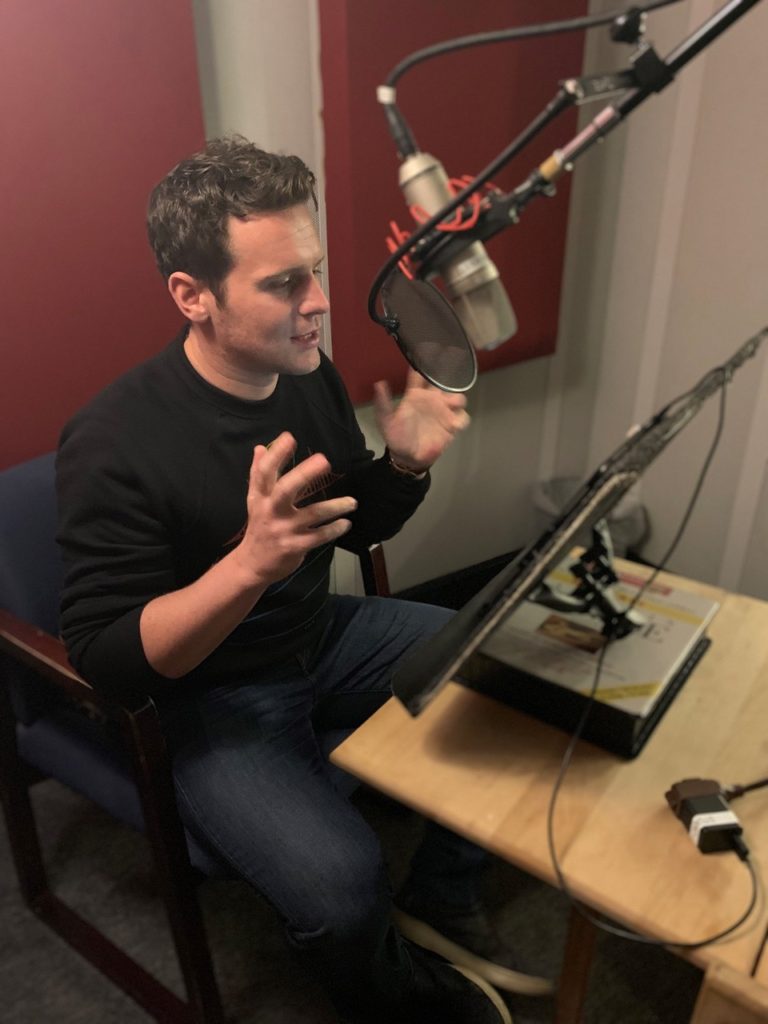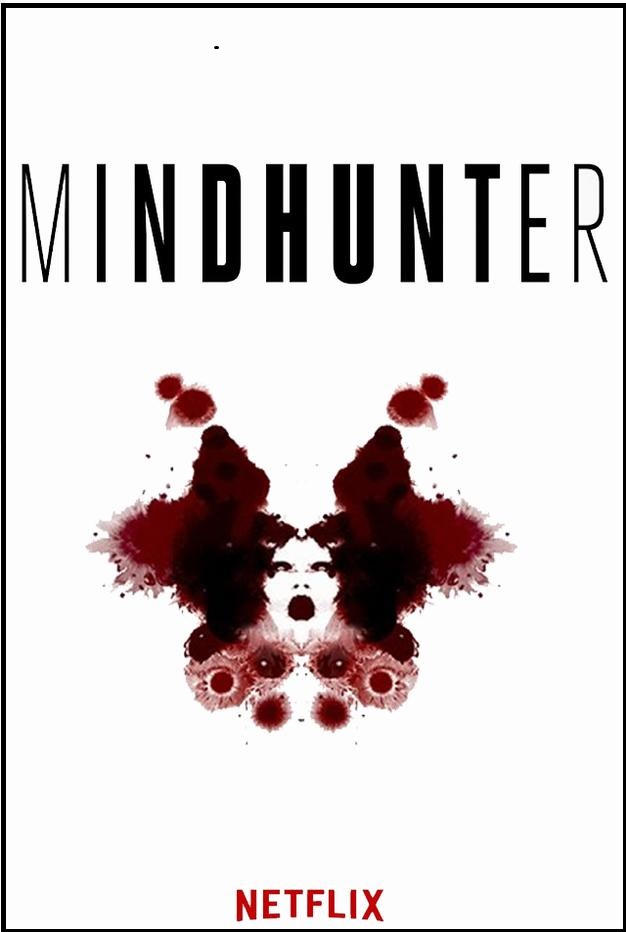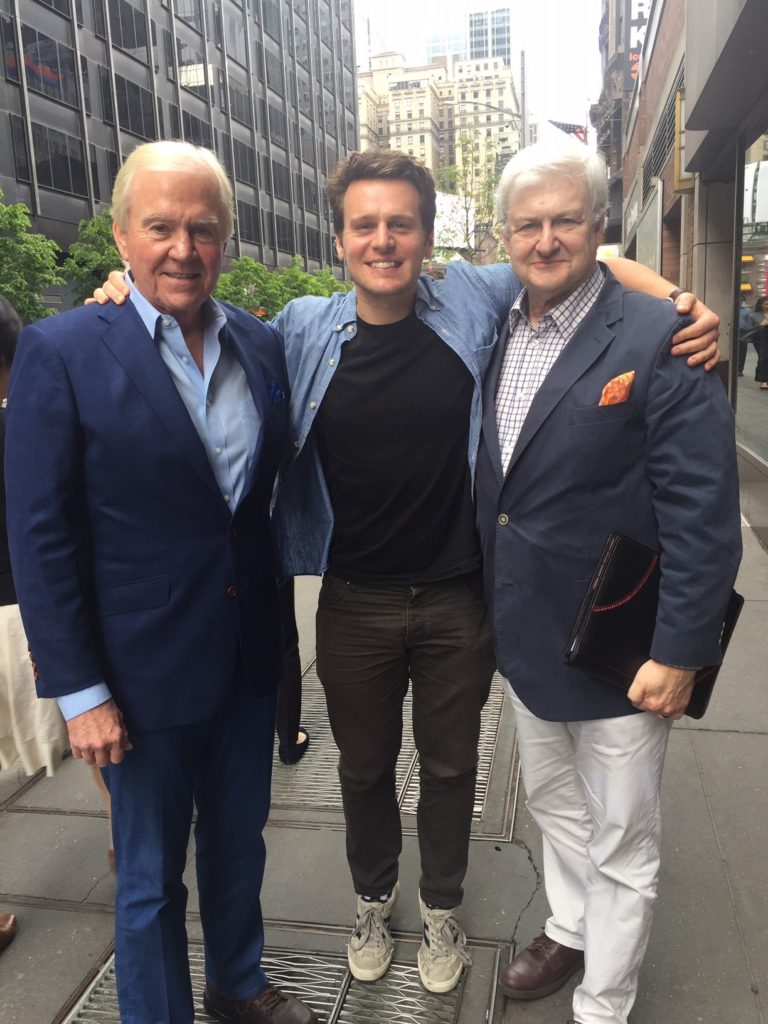As with several other relationships, we met Peggy and Gene Schmidt and their daughter Jeni under terrible circumstances. We were researching and writing about the murder of their beautiful daughter Stephanie – Jeni’s older sister – at the hands of a paroled sex offender in Pittsburg, Kansas, on July 2, 1993. Two days later, on the Fourth of July, Stephanie would have been 20 years-old. The Schmidt family’s story – equal parts sad and inspiring – is related in our book, Obsession.
We learned a lot from the Schmidts, and not just about murder.
We will not even dignify her killer here by mentioning his name. After Stephanie’s murder, the Schmidts channeled their grief into action and activism. They founded Speak Out For Stephanie, a nonprofit foundation that works to educate young people about the dangers of violent predators, to keep the public and legislative dialogue alive on the subject of rational sentencing and parole, and to provide aid and comfort to victims and their families.
This effort, which was started by two grieving parents but which has now had international recognition, has had some very tangible results. The Schmidts, working with then Kansas Attorney General Carla Stovall, got a law passed in Kansas providing for continued commitment of violent sexual predators still deemed dangerous after their sentences are served. When opponents challenged what became known as Stephanie’s Law, the Schmidt-Stovall team took it all the way up to the United States Supreme Court – and won!
God only knows how many people are alive and unharmed today because of Gene, Peggy and Jeni’s efforts.
But what our friendship with the Schmidts also taught us was that in spite of the worst things that can ever happen to good people, life must go on, and it must have meaning and purpose. They taught us that survivors of homicide victims are so much more than just their tragedies; that they can still have a sense of humor, a zest for fun and life experience, and love and hope for the future. Jeni married a wonderful and creative man named Jim Cosgrove, a children’s folk singer and songwriter who performs all over the country. They have two adorable daughters of their own – Lyda and Willa – and practically from when the girls were born, Jeni and Jim have been telling them about their Aunt Stephanie in heaven.
The photograph with this column shows Willa and Peggy at Stephanie’s grave.
As we approach the 41st anniversary of Stephanie’s birth and the 21st anniversary of her death, Peggy and Gene wrote the following public letter to their daughter:
The pain, anger, and frustration come forward every year at this time–even 21 years later. All of which is only surpassed by the love that we continue to have for Stephanie, even in her absence. So many traditions continue: planting of flowers, burning of candles, maintaining a garden, honoring her name with a scholarship, and so much more. While we feel despair, we remind ourselves that love never dies. Although we all wanted so much more, we are grateful for the nearly 20 amazing years she shared with us. We will always love you, and we will always miss you, Stephanie. We know we will see you again. Love always, Mom and Dad.
And may your memory endure as an inspiration forever.




























Here is another question. Two actually. They are both about the handwriting analysis of the ransom note.
1. Is there any possibility that they were written by more than one person? Maybe two people or more took turns at different times or even wrote a single note together. Has this been ruled out?
2. Since this is there is a possibility of a inside job has the handwriting ever been compared to anyone who worked for Lindbergh? For example Violet,Betty,Red Johnson,or the butler who was there the night of the kidnapping? If no, could it be done with any of them? Violet at least you have samples with considering you have the diary. Are there any samples with the others?
John and I examined the Violet Sharpe diary closely and saw no similarity in handwriting or usage. But I’ll tell you this. When we were at the NJ State Police archives for the NOVA film, I studied the originals of the ransom notes, laid out on a table in sequence and I swear there is more than one handwriting.
Was the different handwriting found within different notes or within the same note? One thing I want to ask is if it would be possible to first to tell how many different types of handwriting there were even before trying to compare them to other samples. Could identify different types of handwriting without comparing them to samples. For example could some form of pattern recognition software be used? Then you could have each type tried against the different samples. Is this possible?
We did use pattern recognition software and found some interesting similarities with John Knoll, but nothing conclusive. The same software found wide discrepancy between the notes and known exemplars of Hauptmann’s writing. And I personally noted at least two distinct handwriting styles in the notes. This is what I remember we did.
They should bring someone who could note each distinct style. It seems possible that Knoll,if he was involved,may have been just one or two writers. If you could compare him to both styles perhaps one will match while the other would not.
Going back to the wiped fingerprints,it is interesting none were found on the ladder. Since it is reasonable to assume no one would have wiped the entire ladder,it appears that the kidnappers wore gloves and the wiping off fingerprints was unnecessary. That could mean the inside person was not there when the kidnapping took place but to be careful they wiped the nursery. What do you think?
In reply to your last comment about the ladder, it wasn’t that it had been wiped of fingerprints as the nursery had. Actually, there are a multitude of prints on the ladder, and they were photographed. The problem was that so many people handled it, including police and reporters, that it was no longer useful evidence. The problem with matching Knoll is that there were only very limited exemplars of his handwriting – no complete letters as there were from Hauptmann.
This is off topic but I just watched the documentary John did about the Lindbergh kidnapping. Having also read your chapter on the kidnapping in The Cases that Haunt Us, there are a few questions and comments that come to mind.
1. The documentary did not mention anything about Betty Gow or the fact that the child’s room had no fingerprints at all. It seems that she would be a likely person to have been involved because she both had inside knowledge and had the opportunity to wipe the room of fingerprints. Furthermore Cemetry John went out of his way to mention Gow and her boyfriend and tried to say that were not involved,according to your book. You seemed to think something was there. Has this been investigated further?
2. Given the last fact mentioned if John Knoll was Cemetery John then I have to ask if anyone has investigated the angle that Knoll may have known either of the two of them?
One of the tantalizing aspects of hour-long documentaries is that you don’t have time for everything you want to say, so we could not, as you point out, discuss Betty Gow, or Violet Sharpe, who is equally interesting. The police did do a thorough investigation of all of the staff at Next Day Hill and the new home, Highfields, where the crime took place. They were unable to come up with anything conclusive and the Lindberghs did not believe any of their or Anne’s mother’s employees were involved. Still, it is difficult to know who may have known whom that did not come out. As you point out, it is suspicious that Cemetery John made a point of saying that Gow and Red Johnson were not involved, and Gow was one of the people who knew the crucial piece of intelligence – that the Lindberghs would uncharacteristically still be in Hopewell rather than Englewood that night. What we were never able to come up with was a motive, and nothing in Gow’s background or behavior suggests one. Other than the death of little Charlie itself, the great tragedy of this case is that because of his position and stature, Lindbergh was able to exert so much control that he kept police from surveilling the cemetery during Condon’s exchange with Cemetery John. Had they done so, they would almost assuredly have captured him and gotten him to talk, which would have broken the case wide open. As it did happen, though, we will almost certainly never know for sure.